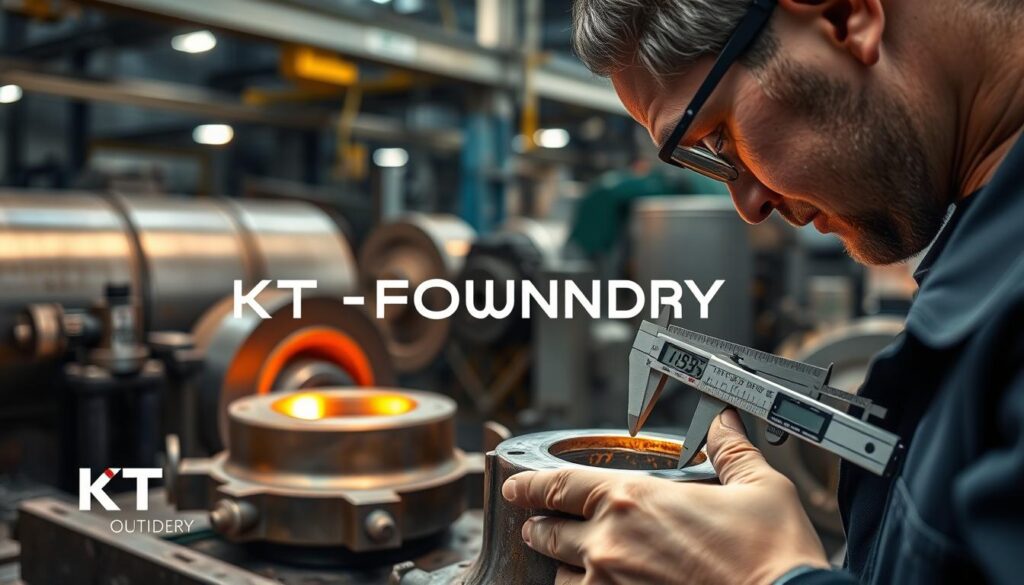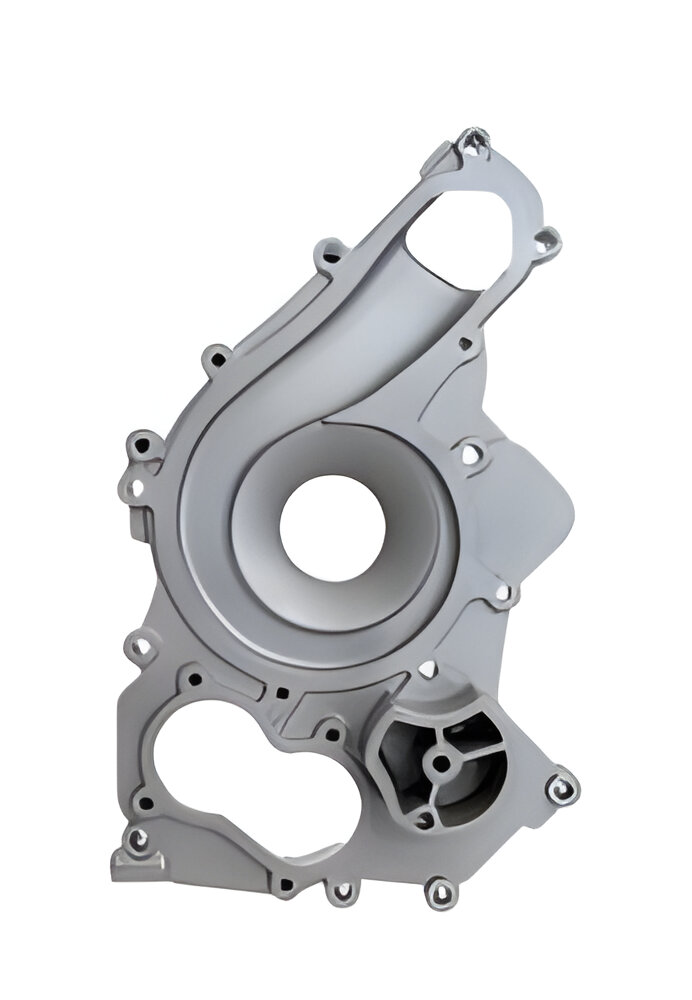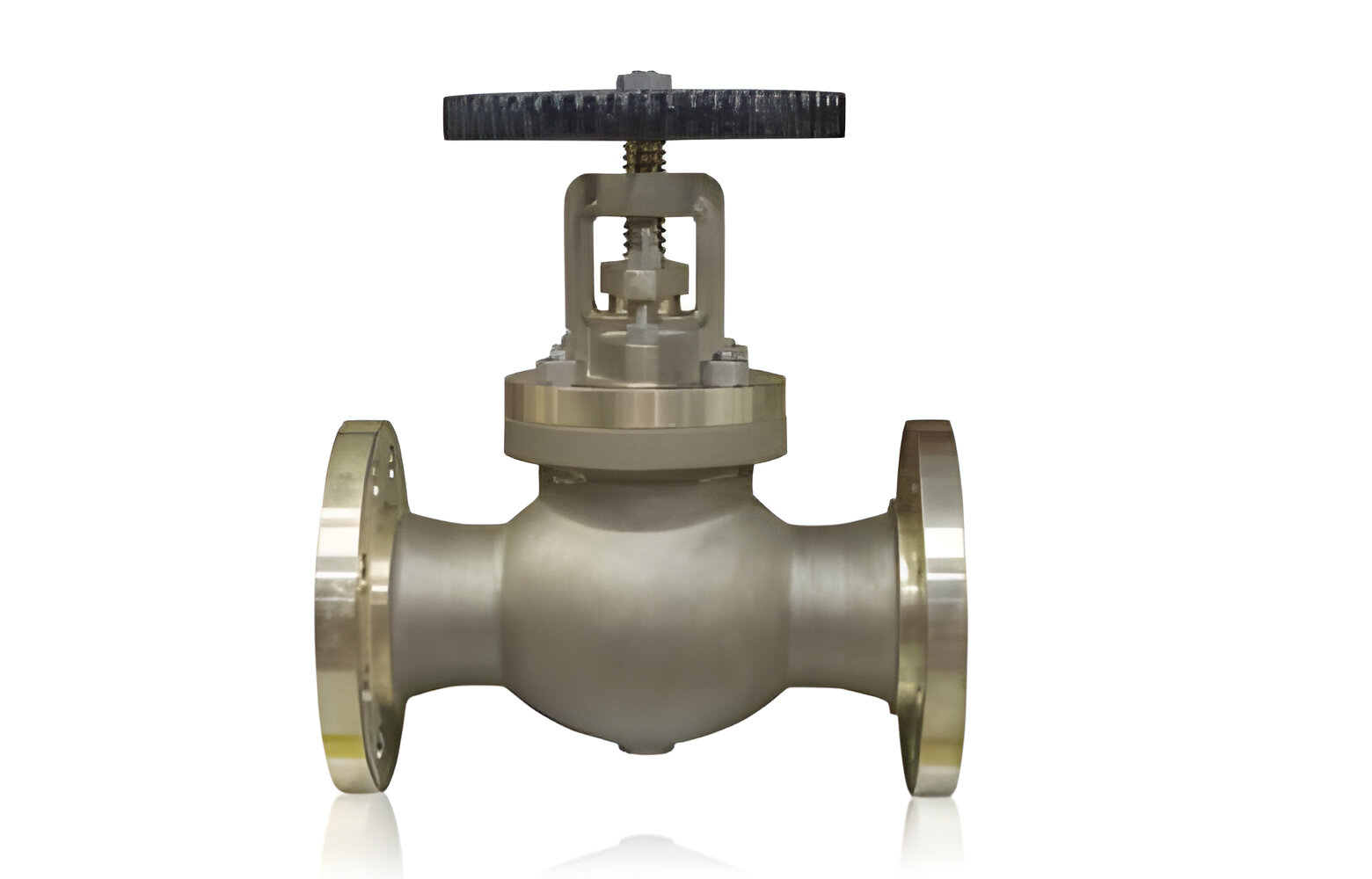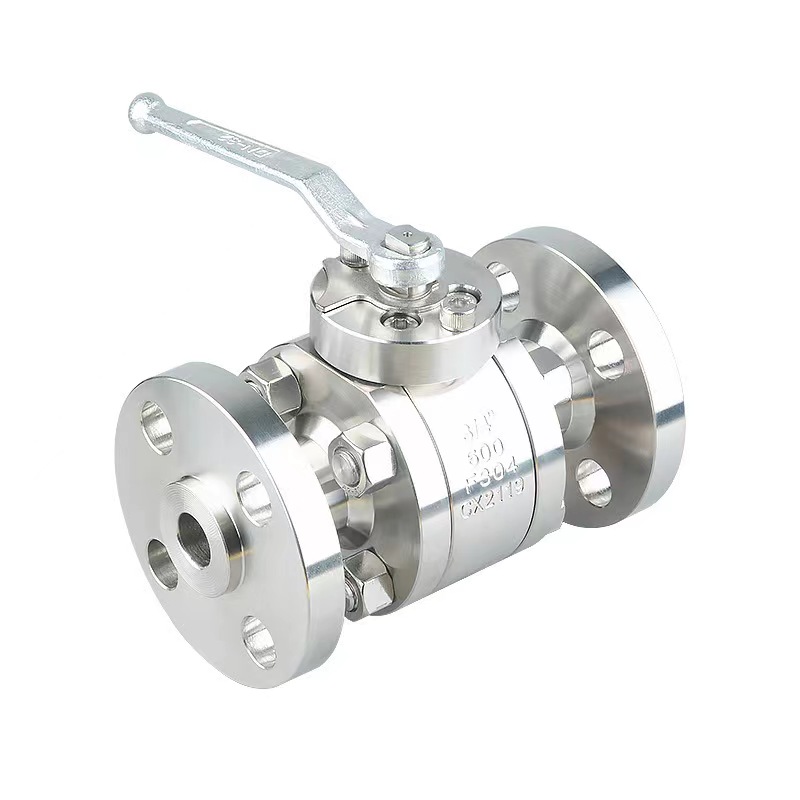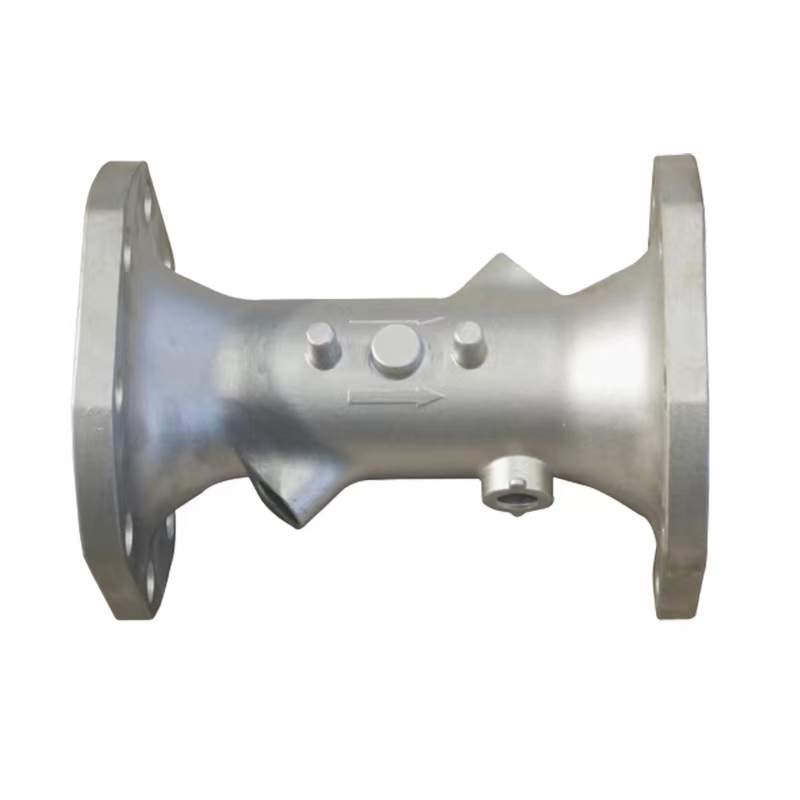First Article Inspection (FAI) is key for manufacturers to check if their process makes parts that meet specs. It's a detailed look at how parts are made. It helps check if a part can be made right, if design documents are complete, and if the making process and supply chain work well.
FAI is needed when introducing new products, making design changes, or changing how parts are made. It makes sure the process can keep making quality products. The steps include checking design plans, getting ready tools and equipment, and inspecting the first batch of parts. It also checks materials and documents, and reports any issues. If FAI goes well, it's okay to start making more parts.
Key Takeaways
- First Article Inspection (FAI) is a critical process to ensure the manufacturing process can consistently produce conforming parts.
- FAI is required during new product introduction, design changes, and manufacturing process changes to validate the process.
- The FAI process involves reviewing design documentation, inspecting the first production sample, and reporting non-conformances.
- A successful FAI marks the approval to proceed with full-scale production.
- FAI is crucial in industries with high safety and quality requirements, such as aerospace, automotive, and medical device manufacturing.
What is First Article Inspection (FAI)?
A First Article Inspection (FAI) is a detailed check of the manufacturing process. It looks at everything from raw materials to the final product. It helps the supplier check if a part can be made well and if the design is complete.
It also helps find design errors and suggest design changes to make production easier. This step is key to setting up the manufacturing process and supply chain.
For the buyer, an FAI confirms that the design is understood. It makes sure the supplier can make parts that meet the requirements. This is very important in fields like aerospace, automotive, and medical manufacturing.
Here, new product introduction and design changes need to be checked carefully. This ensures quality and meets all standards.
A Comprehensive Review of the Manufacturing Process
The FAI process starts with initial checks and documents the first item made in a new manufacturing run. It looks at the whole production process, from start to finish. This ensures that the manufacturing process can make parts of the right quality every time.
Evaluating Manufacturability and Establishing Processes
The FAI is a key chance for the supplier to check if a part can be made well. They also set up the manufacturing processes and supply chain needed for production. This includes spotting any design errors or suggesting design changes to make the part easier to make.

"The core purpose of First Article Inspection is to validate the manufacturing process and reduce the risk of errors or issues during production."
Why First Article Inspection is Crucial
First Article Inspection (FAI) is a key step in making products. It checks if the production method can make parts that meet the required standards. This ensures parts are made right, keeping products safe and reliable.
Verifying Manufacturing Capability to Produce Conforming Parts
FAI helps spot problems early, avoiding expensive fixes or safety risks. It reviews the production process to see if parts match the design. This is important for making consistent, quality products.
Maintaining Consistency, Safety, and Reliability
In strict industries like aerospace and automotive, FAI is essential. It helps meet rules and keeps customers happy by showing parts meet standards. This builds trust in the product and the company.
| Industry | FAI Requirement | Benefit |
|---|---|---|
| Aerospace | Mandated for each new part or assembly before regular production | Meets stringent safety and quality requirements |
| Automotive | Crucial when introducing new parts or after design modifications | Aligns with safety and performance standards |
| Electronics | Conducted before mass production of new devices | Ensures proper functioning of electronic components and assemblies |
| Medical Devices | Relied upon to adhere to regulatory standards | Ensures patient safety and compliance with industry regulations |
By focusing on First Article Inspection, companies show they care about quality and customer satisfaction. This boosts their product's reliability and reputation.
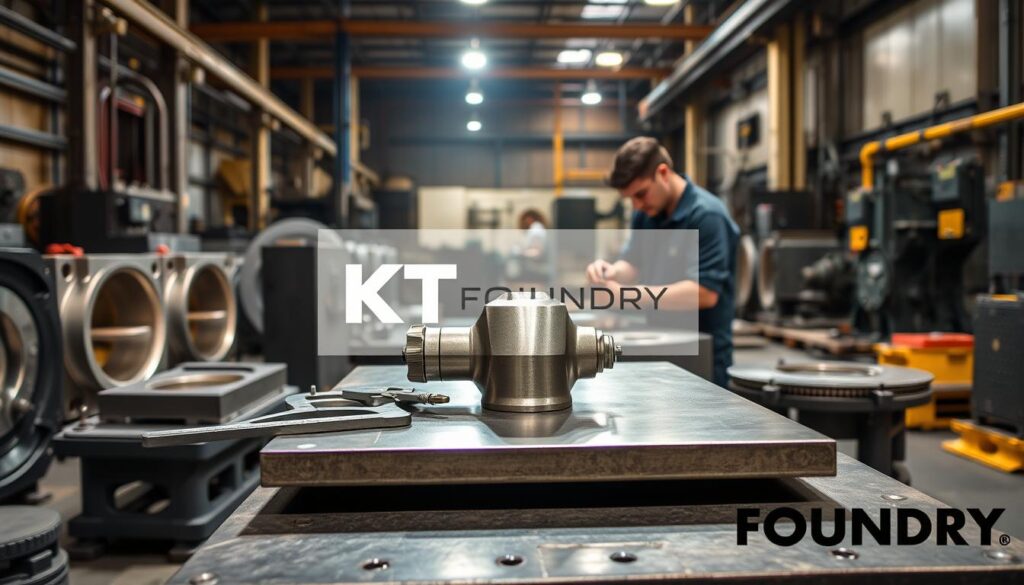
When is a First Article Inspection Required?
A First Article Inspection (FAI) is a key quality control step in the manufacturing world. It's needed in several important situations. This detailed check ensures parts meet the required standards, whether it's for a new product, design updates, or changes in the production area.
Here are some common times when a First Article Inspection is needed:
- New product introduction to check if the manufacturing process meets the desired standards.
- Significant design changes to an existing product, to confirm the changes were made right.
- When the manufacturing location changes, as different places can affect the final product.
- After a production pause of at least two years, to make sure the process still works.
- If there are big changes to the production process itself.
- Upon customer request, especially for aerospace, automotive, electronics, and medical devices where strict standards are key.
By doing a detailed First Article Inspection, manufacturers can spot and fix problems early. This ensures products meet quality and safety standards. It's especially important for aerospace, automotive, electronics, and medical devices where safety is a top priority.
"AS9102 FAIs are crucial for ensuring product conformance before full-scale production and for establishing consistency by measuring and documenting product requirements, features, materials, and processes used in manufacturing."
In summary, the First Article Inspection is a vital quality control step. It helps manufacturers keep quality, consistency, and compliance high throughout the production process.

First Article Inspection in Casting
In casting, the First Article Inspection (FAI) is key to making sure parts are made right every time. It checks two main things: the raw materials and how well the parts work. This includes looking at the materials and testing the parts' dimensions and function.
Reviewing Raw Material Specifications and Certifications
The first part of the FAI is checking the raw materials. We make sure they match the needed standards. This means they have the right grade, composition, and treatments.
This step is important because it sets the stage for making the parts. It helps us know we're starting with the right stuff.
Dimensional Inspections and Functional Testing
Then, we inspect the parts themselves. We use tools like calipers and CMMs to check their size. This makes sure they match the design.
If needed, we also test how the parts work. This ensures they do what they're supposed to do.
These steps in the First Article Inspection are crucial. They help us know if we can make parts that are good every time. This makes our products better and more reliable.
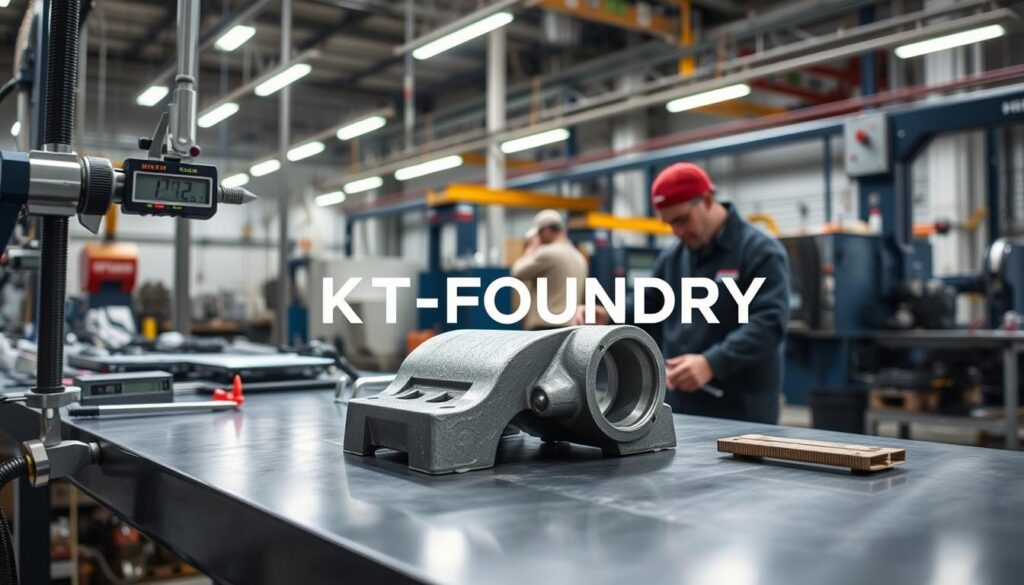
"Performing a thorough First Article Inspection is essential in the casting industry to ensure the manufacturing process can deliver parts that meet the specified requirements consistently."
AS9102 Standard for First Article Inspection
In the aerospace world, the AS9102 standard rules the first article inspection. It outlines a detailed inspection of the first item made. This check ensures the process can create parts that meet design needs.
Form 1: Part Number Accountability
The first form in the AS9102 First Article Inspection Report tracks the part's history. It links the first item to other inspections of its parts. This keeps a clear record of the part's journey.
Form 2: Product Accountability - Materials and Testing
The second form details the materials and tests done on the part. It shows the part meets all required standards.
Form 3: Characteristic Accountability - Measurements
The third form lists every detail of the part, including measurements and tests. It shows each part was checked carefully.
These three forms together make a strong record of the making process. They help the aerospace industry keep quality high.
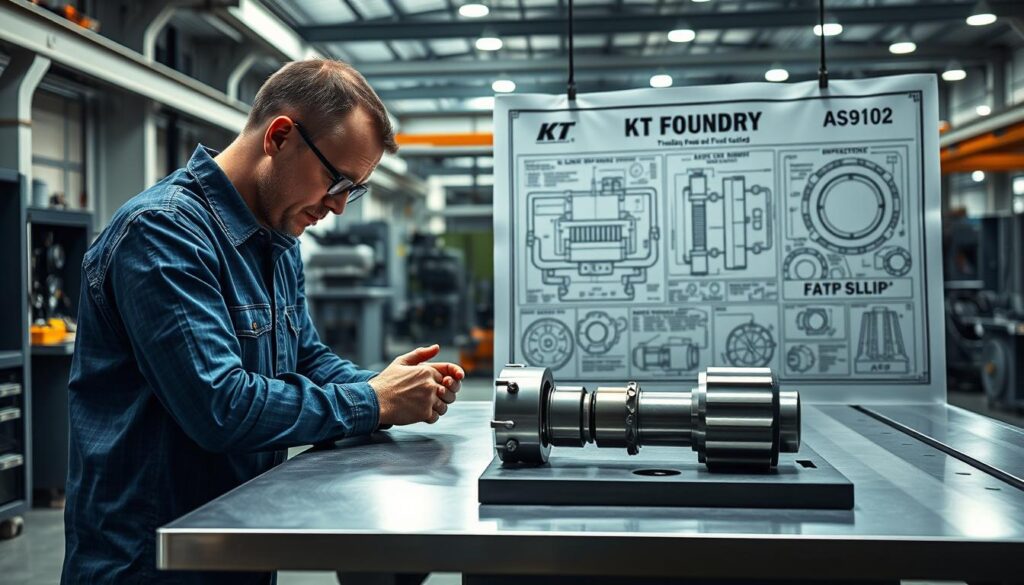
Executing a Comprehensive First Article Inspection
Doing a detailed First Article Inspection (FAI) is key to making sure parts are made right from the start. This thorough check includes several important steps. We follow these steps carefully to make sure the parts match the design.
Documentation Review and Verification
The first thing we do is check all important documents. This includes engineering drawings, specs, and material certifications. We make sure these documents are current and show the design correctly. If there are any problems, we fix them before we check the parts physically.
Thorough Material, Visual, and Dimensional Inspections
Then, we look at the first parts made, starting with the materials. We check if they match what's needed. Next, we do a detailed visual and dimensional check using tools like calipers and CMMs. This makes sure the parts fit the design and quality standards.
If the parts don't meet the standards, we write down the issues. This careful check helps make sure parts are made well from the start.
| Inspection Procedure | Description | Importance |
|---|---|---|
| Documentation Review | Verifying engineering drawings, specifications, and material certifications | Ensures the manufactured parts meet the design intent |
| Material Inspection | Reviewing raw material characteristics and certifications | Confirms the use of correct materials per the specifications |
| Visual Inspection | Examining the part for surface defects, finish, and overall quality | Identifies any visible non-conformances or deviations |
| Dimensional Inspection | Measuring critical dimensions using calibrated tools and CMMs | Verifies the part meets the design tolerances |
By doing a full First Article Inspection, we know the parts will be made right. This makes sure our customers get what they expect.
Leveraging FAI Software Solutions
In today's world, the First Article Inspection (FAI) process is changing thanks to new software. These tools make FAI faster and easier, from automating tasks to working with CMMs. They also help manage documents and keep track of inspection records.
These software solutions bring automation and data integration to the table. They help us make our quality control better and more accurate. With features like customizable plans and automated tasks, we can avoid mistakes and follow industry rules.
Streamlining Processes with Automation and Data Integration
Using FAI software has made our work more efficient and precise. The automated drawing ballooning feature saves us time and cuts down on mistakes. This makes our inspections more thorough and reliable.
Also, working with CMMs makes it easy to import data. This automation helps us make better decisions and keep quality high across all our products.
| Feature | Benefit |
|---|---|
| Drawing Ballooning Automation | Reduces time and errors in identifying critical characteristics |
| CMM Data Integration | Seamless import of inspection data for efficient analysis |
| Document Management | Centralized storage and easy retrieval of FAI records |
| Sub-Component FAI Linkage | Streamlined traceability and compliance for complex assemblies |
By using these advanced FAI software solutions, we improve our product quality. We ensure we meet industry standards and give our customers a better experience. All while making our manufacturing more efficient and profitable.
Benefits of a Robust First Article Inspection Process
Having a detailed first article inspection process brings many advantages to makers. It checks if the manufacturing process can make parts that meet standards. This ensures product quality, consistency, safety, and reliability in the end products. It also helps follow regulatory compliance and boosts customer satisfaction.
A strong FAI process can also save money. It finds and fixes problems early, cutting down on scrap and rework. It makes production more efficient by checking the process before starting full production. A good First Article Inspection is key to quality control. It helps start manufacturing operations on the right track.
| Benefit | Impact |
|---|---|
| Consistent Product Quality | Ensures parts meet specifications and customer requirements |
| Enhanced Safety and Reliability | Validates the manufacturing process to consistently produce safe, reliable products |
| Regulatory Compliance | Supports adherence to industry standards and regulations |
| Cost Savings | Reduces scrap, rework, and other quality-related expenses |
| Improved Productivity | Validates the manufacturing process for efficient, full-scale production |
By using a solid first article inspection process, makers gain many benefits. They see better quality, consistency, safety, and efficiency in their work. This sets them up for success and keeps customers happy.
Conclusion
First Article Inspection (FAI) is key to ensuring top-notch quality in manufacturing. It checks if the first piece meets all the design and quality standards. This helps us make sure our products are reliable and meet customer needs.
As quality demands rise, a strong FAI process is more important than ever. It's the base for improving and keeping manufacturing successful. Using the latest software and following standards like AS9102 makes our FAI better and more efficient.
At the core of FAI is our promise to quality, precision, and trust with our customers. We check every detail to catch any mistakes early. This way, we avoid costly errors and ensure our products are always the best.
This focus on quality control boosts our competitive edge. It also encourages us to keep getting better. This leads to delivering outstanding results every time.

